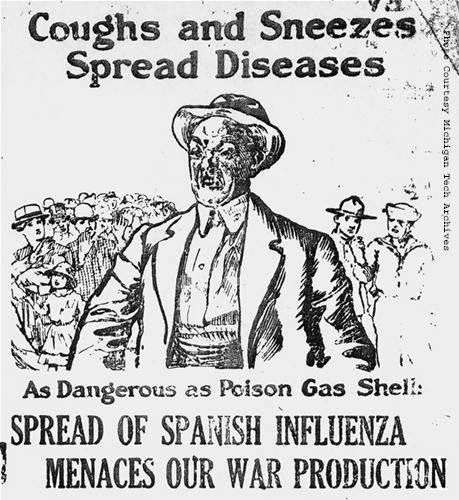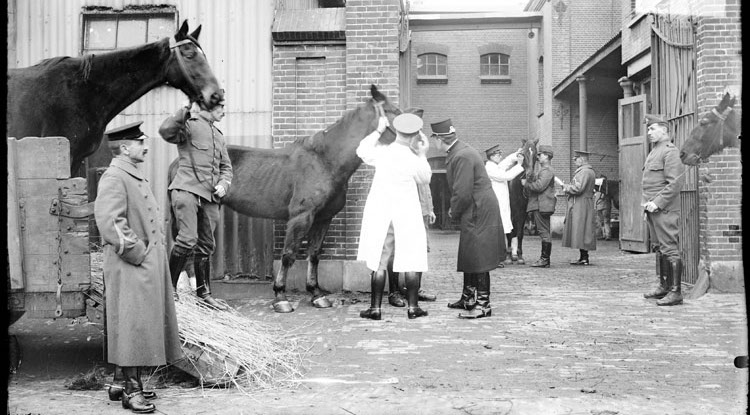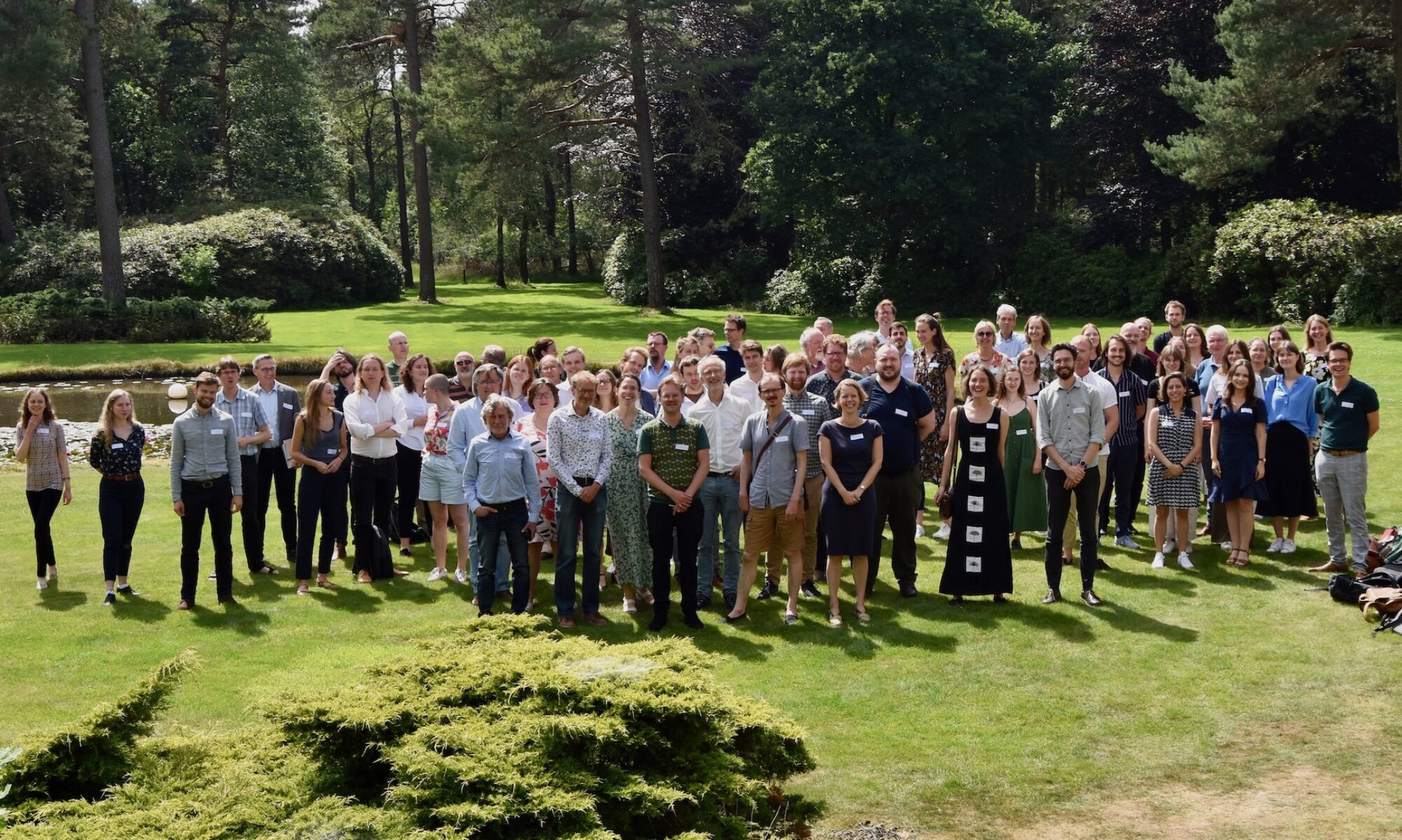Introducing Floor Haalboom, ‘Spanish’ Flu and Army Horses
Gewina welcomes Floor Haalboom as our newest board member. She specialises in the modern history of (animal) medicine, One Health, public health, and intensive livestock farming. In addition, Haalboom is interested in environmental history, particularly agriculture and animal husbandry.

Haalboom’s PhD thesis is titled “Negotiating Zoonoses: Dealings with Infectious Diseases Shared by Humans and Livestock in The Netherlands (1898–2001)” (Utrecht, 2017). The current COVID-19 crisis only shows the urgency of her line of research.
In this blog you can find a radio interview with Floor about the ‘Spanish’ flu (in Dutch). Furthermore, we would like to draw your attention to Floor’s article on the same topic, published in our journal Studium (2014).
De Spaanse Griep (OVT, 27 mei 2018)

Het was de grootste menselijke ramp uit de geschiedenis. De Spaanse griep kostte 50 tot 100 miljoen mensen het leven tussen 1918 en 1920, en dat terwijl iedereen net de Eerste Wereldoorlog achter de rug had.
Wetenschapsjournalist Laura Spinney schreef bij het honderdjarige bestaan van de ziekte het boek ‘De Spaanse Griep. Hoe de pandemie van 1918 de wereld veranderde’. Wetenschapshistorica Floor Haalboom las het en is te gast.
Luister hier Haalbooms interview terug bij OVT over de zogenaamde ‘Spaanse’ griep.
‘Spanish’ Flu and Army Horses
What historians and biologists can learn from a history of animals with flu during the 1918–1919 influenza pandemic

Abstract
At the time of the 1918–1919 ‘Spanish’ influenza pandemic, influenza researchers did not just relate this disease to the human population, despite the focus of historians of medicine on its human aspects and meanings. In line with the use of historical reports of animals with influenza in present-day microbiological studies on influenza among different animal species, this article investigates understandings of animal influenza in the Netherlands during the 1918–1919 pandemic. The article adds to microbiological uses of the historical record by putting observations of animals with influenza in historical contexts, in particular the context of military dealings with influenza at the end of the First World War, and the social position of veterinary medicine. The case of the Dutch military horse veterinarian Emile Bemelmans, who argued that human and horse influenza were identical, illustrates that knowledge of these contexts is important to critically use historical sources reporting animals with influenza in present-day biological influenza research.
Follow this link to read Floor Haalboom’s article: ‘Spanish’ flu and army horses: what historians and biologists can learn from a history of animals with flu during the 1918–1919 influenza pandemic. Studium, 7(3), pp.124–139.

